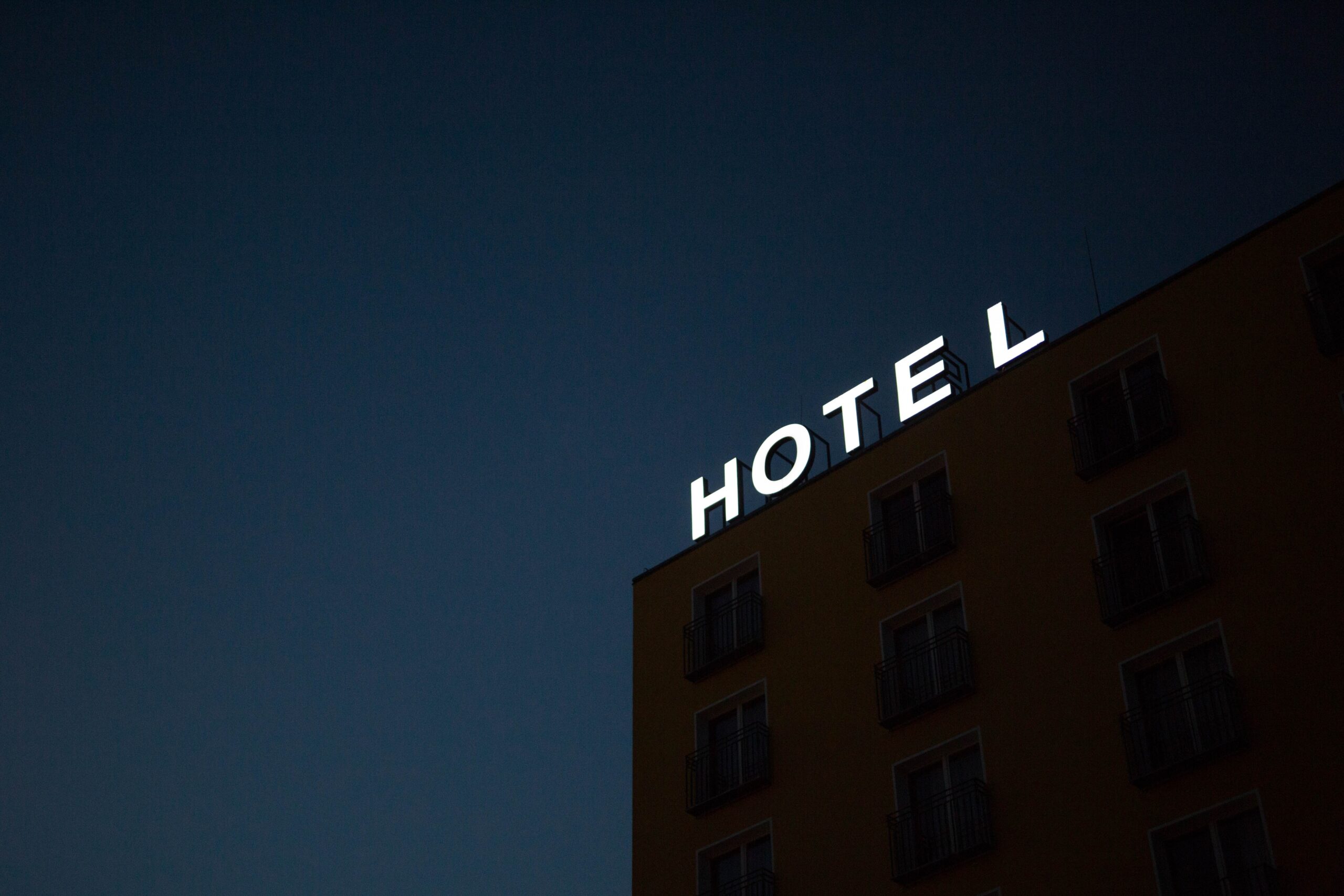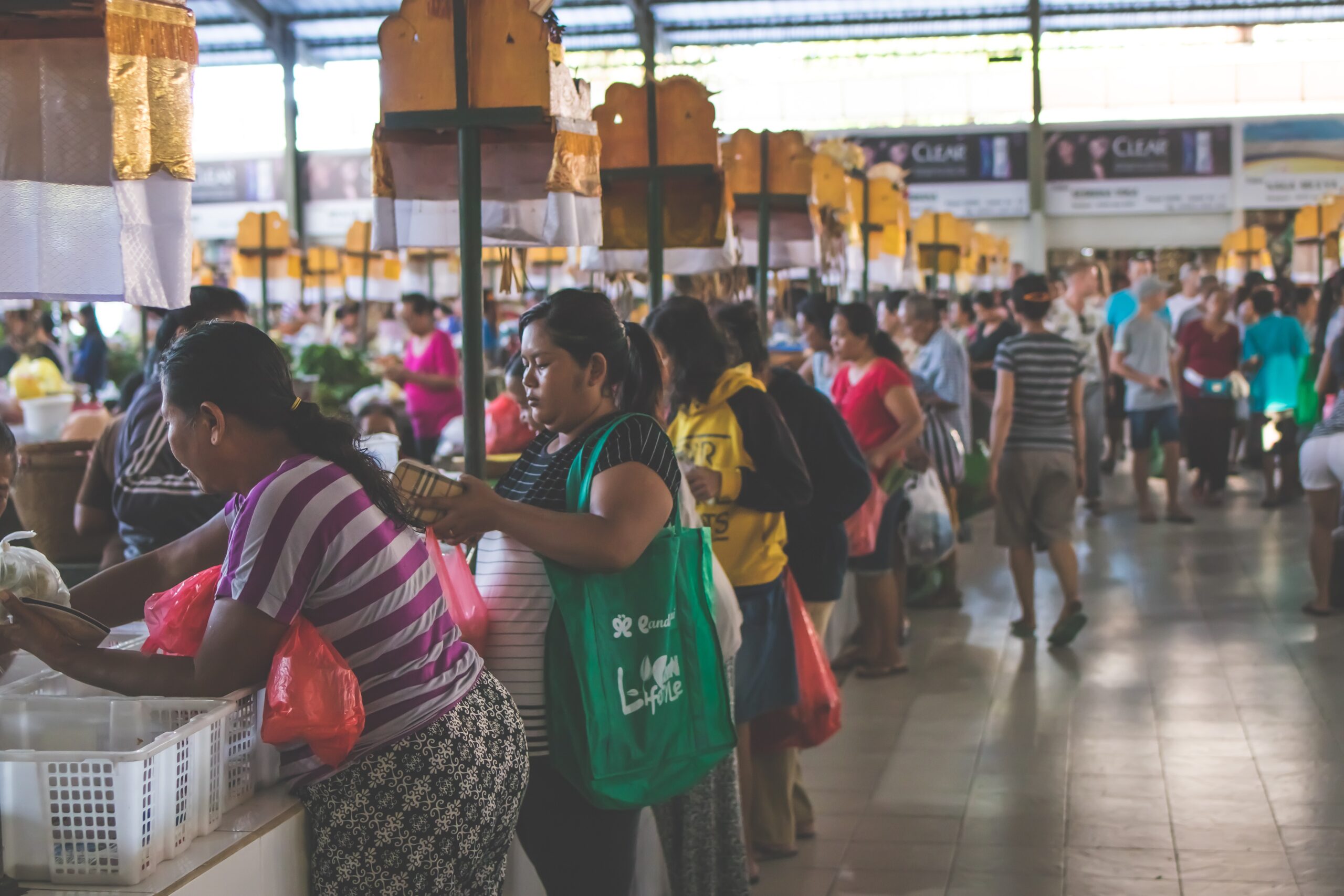The projected hotel room occupancy rate, or hotel occupancy rate, for the upcoming extended school holidays in June-July is expected to equal or even surpass the levels seen in 2019, signaling a potential recovery for the hotel sector.
The COVID-19 pandemic had a significant impact on Indonesia’s hospitality industry, particularly in popular tourist destinations like Bali, Manado, Batam, and Bintan, which heavily relied on international visitors. However, the Chairman of the Indonesian Hotel and Restaurant Association (PHRI), Hariyadi B. Sukamdani, expressed optimism about the industry’s rebound.
Hariyadi emphasized that the anticipated increase in hotel occupancy is attributed to both the growing supply of hotel rooms and the rising demand from travelers.
He stated, “Our estimation is that it can match or even surpass 2019. The trend will rise, most likely it will be the same, it will recover like 2019.”
In addition to the expected recovery, the integration of various transportation modes is also expected to contribute to the growth of the hotel sector. Efforts to improve connectivity between regions and modes of transportation, including the integration of high-speed trains (KCJB), the Jabodebek Light Rail Transit (LRT), TransJakarta buses, and online taxis, aim to enhance the overall travel experience for both domestic and international tourists.
The Ministry of Tourism and Creative Economy (Kemenparekraf) has set a target of 8.5 million foreign tourist arrivals in Indonesia for 2023, which is a significant increase compared to the current numbers. However, Hariyadi acknowledged that the recovery may vary across regions, with some areas still facing challenges in attracting foreign visitors.
Furthermore, the latest data from the Central Statistics Agency (BPS) indicates positive signs of recovery in the hotel industry. In April 2023, star-rated hotels achieved an occupancy rate of 41.37%, reflecting a year-on-year increase of 7.14% and a slight monthly decrease of 4.88%. Non-star hotels also experienced growth, with an occupancy rate of 21.87%, marking a year-on-year increase of 4.47% and a month-on-month increase of 0.61%.
The length of stay in star-rated hotels saw a slight improvement compared to the previous year, with an average of 1.63 days. These promising indicators suggest a gradual recovery for the hotel sector, providing opportunities for economic growth and an enhanced travel experience for visitors.
Despite the positive outlook, stakeholders in the hospitality industry continue to work closely with the government to ensure the implementation of effective health and safety protocols. The focus remains on creating a conducive environment for both domestic and international travelers, encouraging a steady revival of Indonesia’s tourism sector.























